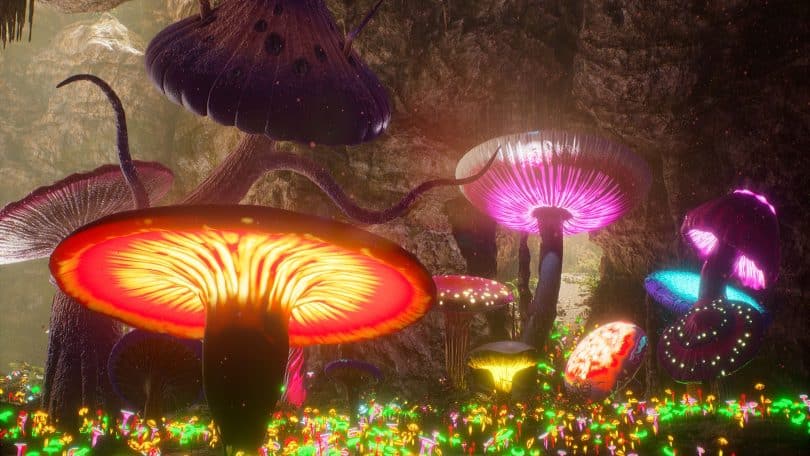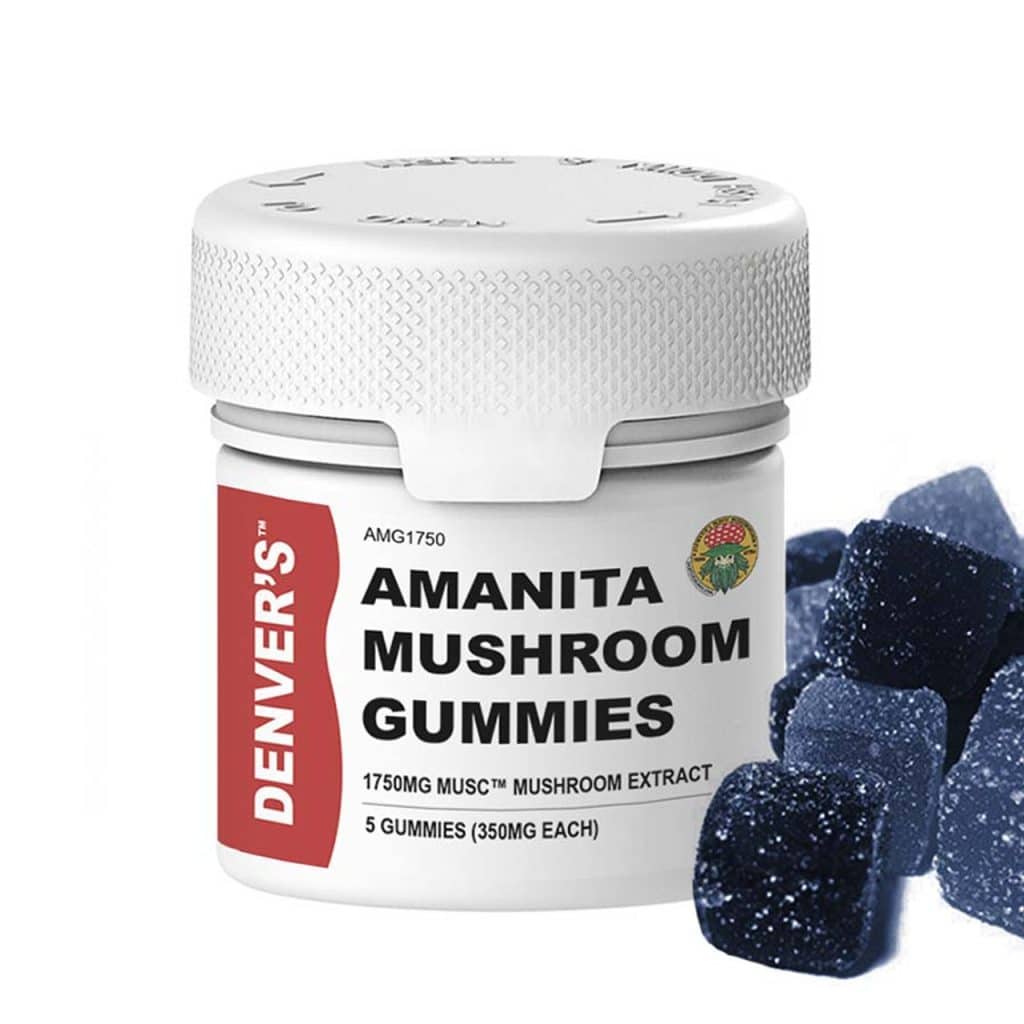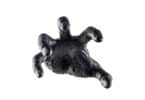The term ‘shrooms’ is used mainly to denote psilocybin mushrooms, also referred to as ‘magic mushrooms’. However, there is another whole class of shrooms, which in no way resembles standard magic mushrooms. They go by two names: fly agaric and Amanita muscaria. When it comes to fly agaric vs psilocybin mushrooms, they provide different benefits, which means one type might be better for users than the other.
Psilocybin mushrooms
Psilocybin mushrooms – AKA magic mushrooms, are a grouping of fungi that contain psilocybin and psilocin. While it’s not always understood well, it’s actually only psilocin that matters in terms of hallucinogenic response, as psilocybin is a prodrug (compound that must be metabolized to cause effects) that metabolizes into the psilocin in the body. Psilocin is hallucinogenic, and can create sensory experiences that don’t actually exist. This means hearing, seeing, smelling, tasting, or feeling something which isn’t happening. These mushrooms are also associated with bringing on feelings of euphoria, connectedness, spirituality, overall well-being, and for altering perception.
Shrooms, shrooms, and more shrooms… Fly agaric vs psilocybin, which shrooms are right for you? If you’re looking for independent news reporting on the cannabis and psychedelics fields, this is the place for you. We offer the Cannadelics Weekly Newsletter to give readers daily updates on these exciting new industries, and provide tons of deals on everything from smoking paraphernalia, to edibles, to cannabinoid compounds like the super popular Delta 8 THC, and HHC. Offers can be found in our best of list, so please choose wisely and use responsibly.
Want to learn more about Fly Agaric and Psilocybin?
Subscribe to our newsletter
Psilocin is a serotonergic compound, which means it’s an agonist on serotonin receptors. An agonist is something that activates a receptor, and makes it work more. This is similar to other psychedelic hallucinogens like LSD, MDMA, and DMT. All of these drugs are now eyed for their medical benefits, particularly with psychiatric disorders.
However, they all come with one negative, and its something that should be considered by those who might be more susceptible to this negative: anxiety. This might sound weird, since some of these drugs are said to help with anxiety, but it also should be remembered that anxiety comes from different places and is experienced in different ways. Anxiety while experiencing an illness, for example, is not the same as growing up with a severe anxiety disorder that might come from years of abuse.
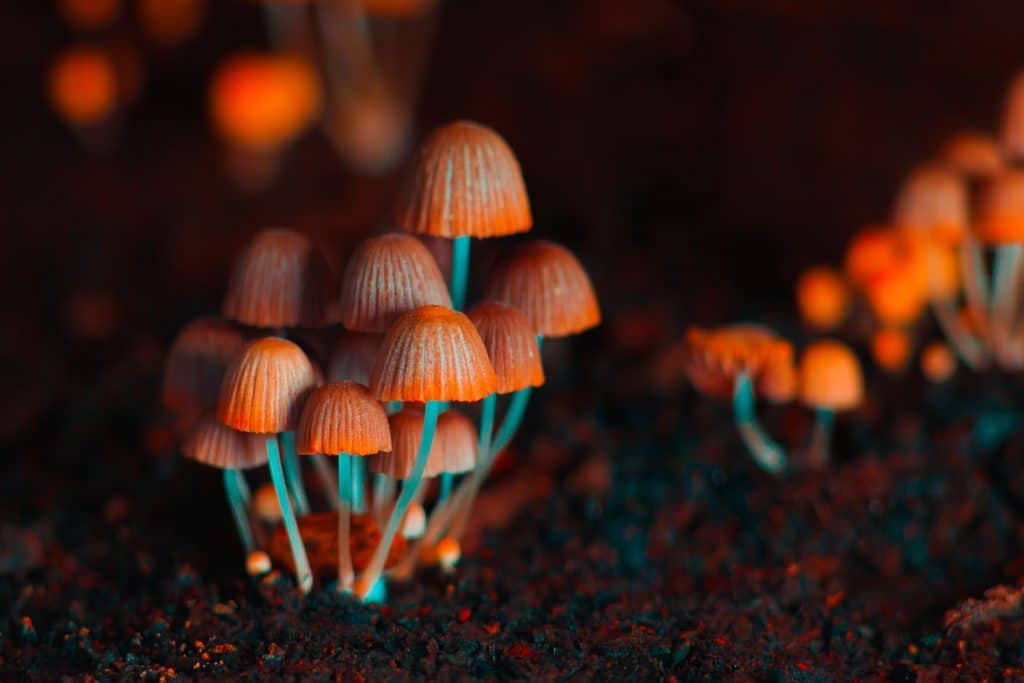
We call these episodes ‘bad trips’. They’re characterized by negative hallucinations, which themselves are a sign of anxiety. Bad trips are essentially nothing more than panic/anxiety attacks brought on by the stimulant effects of the drugs, though this isn’t often clarified well. We know that psilocin raises serotonin, and serotonin increases heart rate and blood pressure. Imagine if you’re someone with anxiety, or very sensitive to stimulants, the ability to have your heart rate and blood pressure increased, can easily set off an attack.
I am the kind of person who has a hard time with these drugs, as I am highly sensitive to stimulants. While I totally get how they are beneficial for some people, and while I’ve had a couple interesting experiences, the issue I have is that the stimulant effect they cause, for me mainly outweighs other effects. So even if psilocin has great effects that can help with all kinds of problems, those effects are harder to access for someone like me, who will immediately respond to the stimulant effect. And it’s not likely to matter much if I take them in a relaxed state or not, because they’ll automatically push me into a stimulated state, making however I started, no longer applicable.
Even for a person who doesn’t have an anxiety issue or sensitivity to stimulants, taking too much can still cause this effect. Think of any stimulant drug. People who have systems that handle them well, will handle them well, but if they take too much, they’re liable to freak out too. That psychedelics cause a stimulant effect, might well be a good reason for some not to use them. But luckily, there are other options in the world of hallucinogens, besides psychedelics.
Fly agaric mushrooms
We use the term ‘psychedelics’ a bit more liberally than we should. Technically, ‘psychedelics’ refers to a class of hallucinogens which are serotonergic. But that doesn’t mean all hallucinogens are psychedelics. Ketamine and PCP are not psychedelics, they’re dissociative hallucinogens, and scopolamine – the drug blown in people’s faces to make them docile and easy to rob, is a deliriant hallucinogen.
The reality is that there are more kinds of hallucinogens than this, and they can occur with compounds that effect other neurotransmitters as well. Psychedelics are serotonergic, dissociative are dopaminergic, and deliriants are anticholinergic. These three classes of hallucinogens work primarily on different neurotransmitters, and therefore, give different effects, while all retaining the ability to cause hallucinations.
So if there are compounds that create serotonin, dopamine, and acetylcholine-related hallucinogens, what about other neurotransmitters? Like GABA? GABA – gamma-aminobutyric acid, is the neurotransmitter most associated with relaxation. Benzodiazepines, and their previously popular sedative compatriots Quaaludes and barbiturates, also work on GABA. GABA is relaxing because it reduces neuronal excitability in the nervous system. Whereas serotonin is known to increase heart rate, GABA is known to slow it down. Serotonergic drugs therefore are more likely to come with a stimulant effect, whereas a GABAergic drug, will have a calming one.
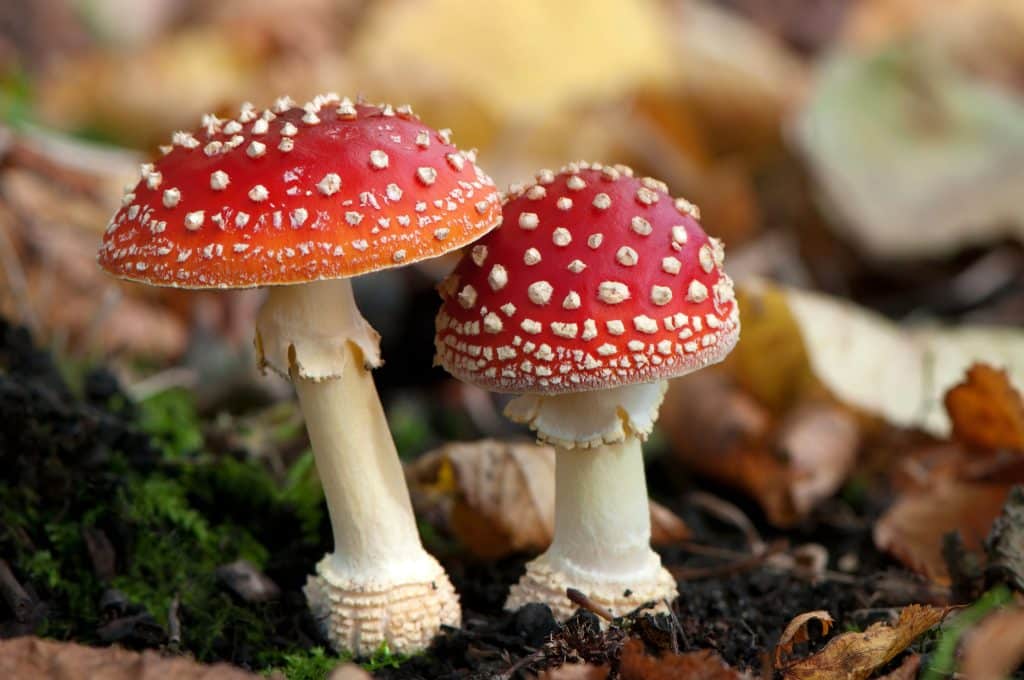
Fly agaric mushrooms – also known as Amanita muscaria, fit into the category of GABAergic compounds that can cause hallucinations. They’re just not officially called ‘hallucinogens’. Instead they’re called ‘poisonous mushrooms’. This is just semantics though, as psilocybin mushrooms are also poisonous mushrooms, and neither are known to actually cause death. Sometimes in taxonomy (the classification of everything in science), things can get a little confusing.
Fly agaric mushrooms contain no psilocybin, but instead contain ibotenic acid and muscimol. In some ways they’re almost more well-known than psilocybin mushrooms: think Super Mario Brothers, and the classic picture of a psychedelic mushroom with a big red cap and white spots…that’s a fly agaric mushroom. They’re even arguably the reason for a lot of Christmas mythology including Santa Clause and flying reindeer.
Ibotenic acid is a neurotoxin in high amounts, and has a mode of action on glutamate receptors. It’s broken down by the liver into muscimol, the other main component of these mushrooms. Muscimol is a strong GABA agonist, meaning it forces the brain to release more GABA, which calms the body down. While several drugs can work as agonists on GABA receptors, muscimol has an advantage of binding directly to GABAA receptors, as GABA does itself. This is unlike benzodiazepines and barbiturates, which bind to separate receptors in different places. Muscimol also effects more than one GABA subtype, giving it a combined and stronger reaction in the brain.
Muscimol is known for providing sedative-hypnotic effects, and is often compared to Z-drugs (like Ambien) in that in higher doses it causes euphoria, dream-like states, possible out-of-body experiences, and synesthesia. I often wonder if Ambien was modeled in some way off of muscimol, as plant compounds themselves cannot be patented when discovered in the wild (as fly agaric mushrooms were), requiring pharma companies to create similar compounds that they can use.
New: Amanita Muscaria Mushroom Gummies
Fly agaric vs psilocybin mushrooms
One of the interesting things about fly agaric mushrooms is that they’re not Schedule I like psilocybin mushrooms; which is probably because they don’t originate in the US, and are less well-known. It is now possible to find them in the States, and subsequent to their appearance, they’ve entered the general conversation. I expect their continued legalization stems from the growing acceptance of entheogenic plants; as illegalizing them now might get them more attention than regulatory bodies want. Its hard to control the use of a plant that grows easily in the wild (think of cannabis).
It should not be expected that fly agaric and psilocybin mushrooms produce the same effects, as the chemical compounds driving the responses are wildly different. However, they both work as hallucinogenic mushrooms, and both have a history of uses in different cultures for both spiritual and medicinal purposes.
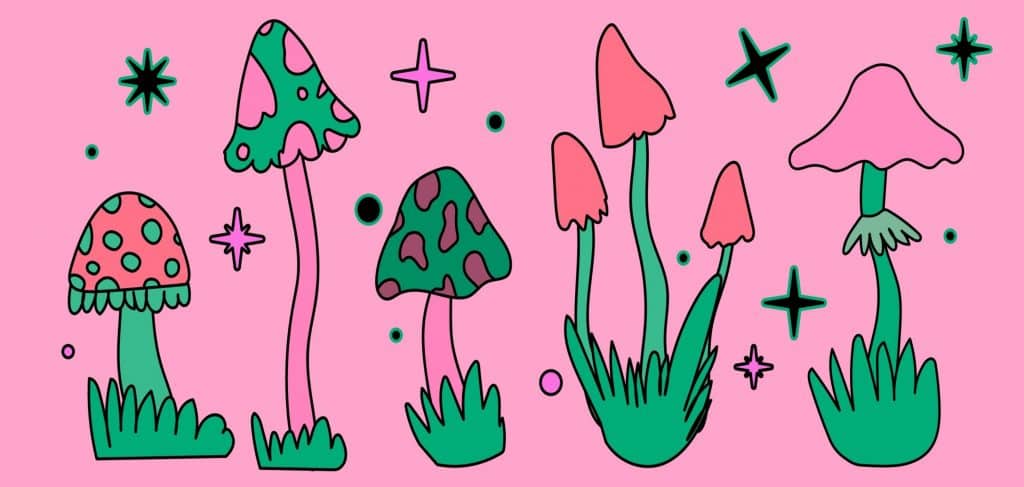
Psilocybin mushrooms keep a person up for hours because of that stimulant effect. Fly agaric mushrooms are associated with easing stress and anxiety, helping with muscular pain, and by promoting restorative sleep. They are nearly opposites in that way. According to an interview with Jeff Stevens, the CEO of Psyched Wellness – a Canadian Life Sciences Company currently producing the first approved fly agaric product, bad reactions are more about ibotenic acid. He says problems arise when “the ibotenic acid is not converted to muscimol”, at which point, “it can provide quite a nasty experience including sweating, nausea, loss of balance and involuntary bodily movements.”
In terms of his company’s research into muscimol, Stevens said his company is looking at it for “indications for various mental and physical health issues, including sleep, insomnia, addiction and pain. Our initial product will be a tincture designed to provide users with a calming and relaxing effect.”
Conclusion
Those looking for a hallucinogenic experience – for medicinal value or funsies – and who specifically want to avoid the anxiety of a bad trip, should remember that there are different hallucinogens, and they’re not all stimulants. If you want the ‘downer’ hallucinogenic experience instead of the ‘upper’ version, something like fly agaric mushrooms, or ketamine, might be your hallucinogens of choice.
It’s always good to know about the drug you’re doing, and luckily, with psychedelics/hallucinogens becoming more socially acceptable, more information is available. Though psilocybin mushrooms, and other serotonergic hallucinogens, might be great for some people, that whole idea of a ‘bad trip’ is important; and that it essentially resembles an anxiety attack. If you’re someone prone to anxiety, or super sensitive to stimulants, consider which hallucinogen is best for your particular situation. After all, you’ve got a lot of options, and there’s no point in having a bad trip.
Welcome to the site! We appreciate you stopping by Cannadelics.com, your go-to platform for independent news coverage of everything cannabis and psychedelics-related. Check us out for daily updates, and sign up for the Cannadelics Weekly Newsletter, to access the best in news and new product offerings. Subscribe today and make sure you’re always on top of what’s going on.


